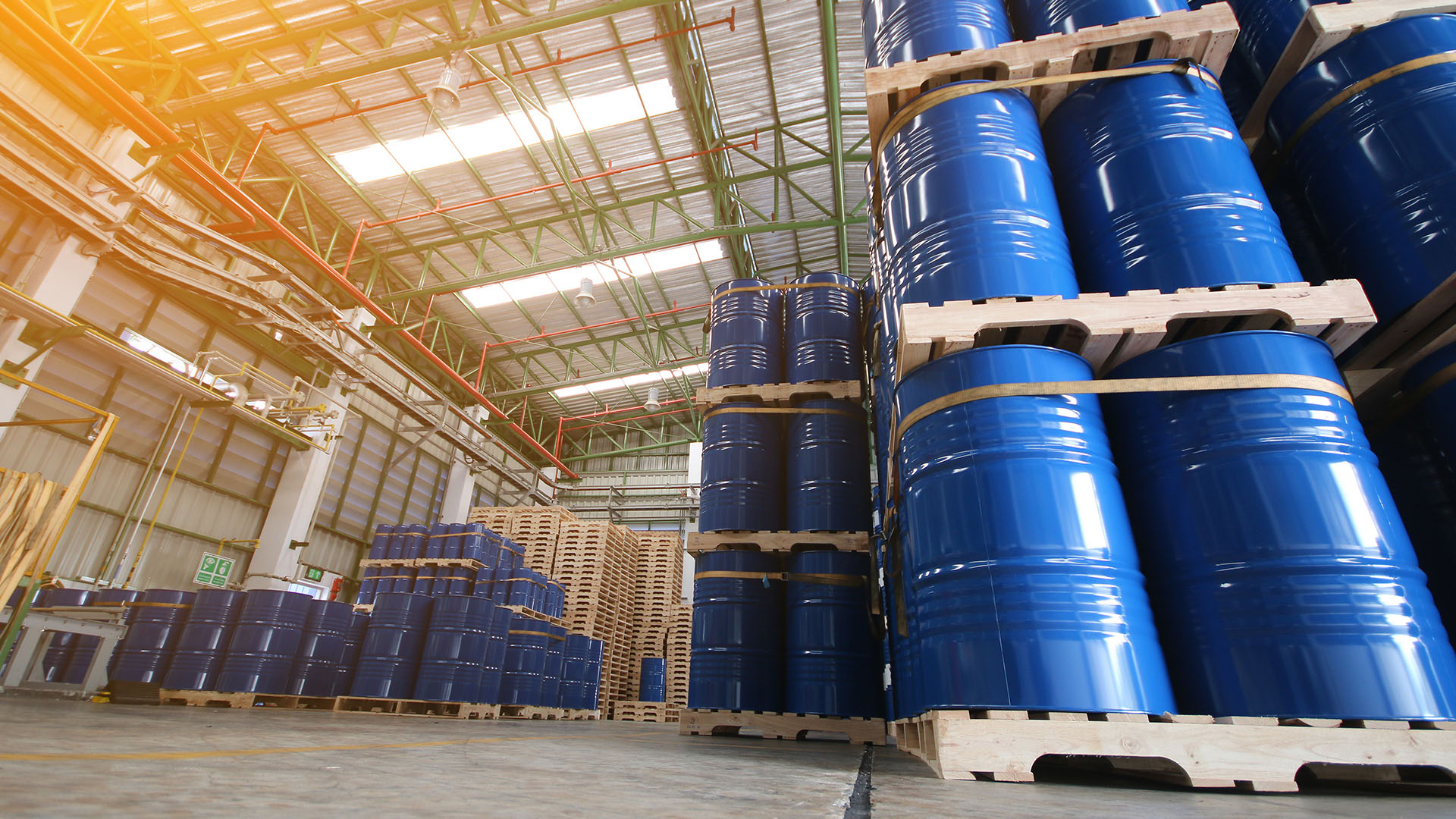Ask anyone who’s had a shipment of industrial chemicals stuck at port; chemical freight forwarding gets complicated fast. What looks like a routine import on paper can quickly get flagged for hazmat, licensing, or anti-dumping violations. And once it’s held up? You’re dealing with downtime, missed deadlines, and frustrated stakeholders.
Companies in this space often underestimate the complexity that comes with moving chemicals across borders. It’s not enough to pick the cheapest forwarder or rely on your supplier’s paperwork. Between anti-dumping duties, import licenses, and hazmat classifications, there’s a minefield of compliance issues that can derail an otherwise routine shipment.
Let’s take a closer look at three of the most common regulatory pitfalls and why they matter for anyone involved in chemical freight forwarding or industrial supply freight forwarding.
Anti-Dumping & Countervailing Duties (AD/CVD)
Certain chemicals and base materials are subject to AD/CVD enforcement by U.S. Customs and Border Protection. These duties are meant to protect U.S. manufacturers from unfair foreign pricing, but they often trip up shippers who are unaware their product is on a watchlist.
If you’re importing from countries like China or India, or dealing with chemical compounds commonly associated with industrial production (think calcium hypochlorite or toluene derivatives), your goods might be flagged for additional duties even if you’ve done everything else correctly.
The issue often comes down to incorrect or vague classification. If your HTS code is off by just a few digits, it may place your shipment into an AD/CVD-covered category. That can mean duties of 5%, 25%, or even north of 300%, depending on the product and ruling. If Customs flags your goods, you may be required to post cash deposits or bonds, all while your shipment sits idle at the port.
Import Licensing and Permits
Import licensing is another area where chemical shipments hit a wall. Unlike general consumer goods, chemicals often require additional agency clearances beyond CBP.
For example, the Environmental Protection Agency (EPA) regulates pesticides, disinfectants, and any chemical that might enter waterways or the atmosphere. The Drug Enforcement Administration (DEA) has jurisdiction over chemicals that can be used to manufacture controlled substances. The Department of Transportation (DOT) has strict rules about what can be shipped, how it’s packaged, and who can carry it.
The mistake many importers make is assuming that their freight forwarder or customs broker will flag these issues automatically. But without the right details, product use case, formulation, origin, and quantity it’s easy for a permit requirement to go undetected until the shipment is already en route or in inspection.
Once flagged, the shipment may be held indefinitely until proper documentation is provided. In worst cases, the goods are rejected and must be returned or destroyed at the importer’s expense.
Hazmat Classification & Regulatory Complexity
This is where things really get technical. Hazardous materials, or hazmat, are governed by a web of regulations that vary by mode of transport (air, ocean, or ground) and destination.
Classification starts with the UN number, proper shipping name, and hazard class. Then comes packaging, labeling, and documentation; all of which must conform to IATA (for air), IMDG (for sea), or 49 CFR (for road and rail in the U.S.).
Where companies get tripped up is often in the labeling or packaging requirements. For example, a Class 8 corrosive shipped by air requires different handling than the same material shipped by ground. If you get it wrong, the airline, carrier, or port authority may refuse to load your cargo, no matter how urgent or time-sensitive the shipment is.
The U.S. DOT issued over $34 million in hazmat-related penalties in 2023, with most violations tied to incomplete documentation or improper labeling and that’s just domestic enforcement.
At-a-Glance: Common Chemical Requirements
| Chemical | Hazmat Class | Import Permit Required? | AD/CVD Risk? | Regulatory Bodies |
|---|---|---|---|---|
| Hydrochloric Acid | Class 8 | DOT, EPA | Medium | DOT, EPA, CBP |
| Acetone | Class 3 | DOT | Low | DOT, CBP |
| Sodium Hydroxide | Class 8 | No | Low | DOT |
| Toluene | Class 3 | DEA (in bulk) | High | DOT, DEA, CBP |
| Hydrogen Peroxide (40%) | Class 5.1 | DOT, EPA | Medium | DOT, EPA |
| Calcium Hypochlorite | Class 5.1 | EPA | High | EPA, CBP |
| Potassium Permanganate | Class 5.1 | DOT | Low | DOT |
| Ethanol | Class 3 | DOT | Medium | DOT, CBP |
| Formaldehyde | Class 9 | EPA | High | EPA, CBP, FDA |
| Citric Acid | Not Hazmat | No | Low | CBP |
Final Thought
If your supply chain involves chemical freight or industrial inputs, you can’t afford to overlook the regulatory layers involved. Every shipment is a puzzle; HTS codes, licensing, AD/CVD enforcement, packaging standards and getting just one part wrong can cost you time, money, and business continuity.
Why Zarach Logistics
Zarach Logistics specializes in the safe, compliant movement of chemical freight forwarding and industrial supply cargo. Our team understands the nuances of AD/CVD enforcement, hazmat classifications, and licensing requirements. We make sure your documentation and compliance processes are locked in from day one. We don’t just ship. We strategize, support, and safeguard every move.
Need help with your next chemical shipment? Contact Zarach Logistics today.



